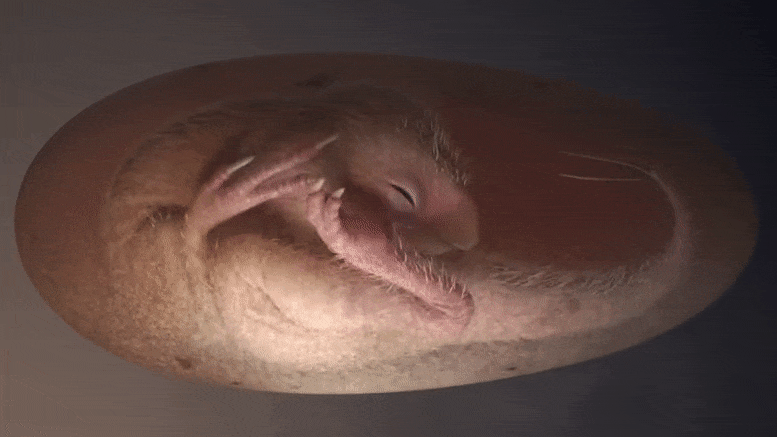A United Nations conference is wrapping up its work this week at UN Headquarters in New York, in search of creating a new global treaty to govern the use of the high seas.
Over the past two weeks, negotiators have been working on the four elements of a package of issues, according to the UN, namely:
“Marine genetic resources, including questions on the sharing of benefits; measures such as area-based management tools, including marine protected areas; environmental impact assessments; and capacity-building and the transfer of marine technology. Cross-cutting issues will also be considered. On the last day, 26 August, delegations are expected to consider and adopt the documents of the Conference, including the report of the Conference, which will be transmitted to the General Assembly.”
The work of the conference is crucial to achieving the conservation and sustainable use of marine biodiversity in areas beyond national jurisdiction, namely the high seas and the international seabed area, according to the UN.
For more info on what the conference is working toward, go to www.un.org.

John Lianghttps://www.deeperblue.com/
John Liang is the News Editor at DeeperBlue.com. He first got the diving bug while in High School in Cairo, Egypt, where he earned his PADI Open Water Diver certification in the Red Sea off the Sinai Peninsula. Since then, John has dived in a volcanic lake in Guatemala, among white-tipped sharks off the Pacific Coast of Costa Rica, and other places including a pool in Las Vegas helping to break the world record for the largest underwater press conference.
Note: This article have been indexed to our site. We do not claim legitimacy, ownership or copyright of any of the content above. To see the article at original source Click Here












